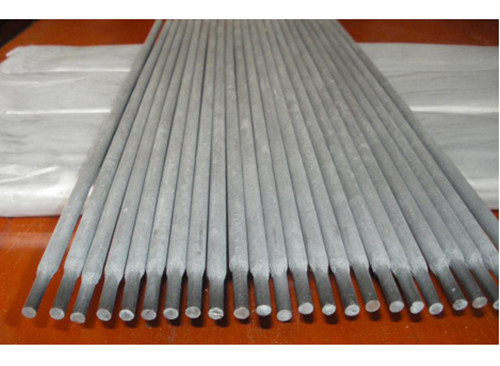In actual work, in addition to carefully understanding the composition, performance and purpose of various welding rods, it must also be combined with the condition of the welded part, construction conditions and welding process,and refer to the following principles for comprehensive consideration.Choose the welding rod correctly.
1. Consider the working conditions and performance of the weldment
Under the condition of dynamic load and impact load, weldments have higher requirements on impact toughness and plasticity in addition to ensuring tensile strength and yield strength. At this time, low hydrogen type, titanium calcium type or iron oxide type electrodes should be used.
Weldment in corrosive medium,When working, it is necessary to distinguish the type, concentration, working temperature and corrosion type of the medium (general corrosion, intergranular corrosion, stress corrosion, etc.), so as to select the appropriate stainless steel electrode.
When the weldment is working under abrasion conditions, it is necessary to distinguish whether it is general wear or impact wear, intermetallic wear or abrasive wear, wear at normal temperature or at high temperature. Should also consider whether to work in a corrosive medium to select a suitable surfacing electrode.
For weldments that work at low or high temperatures, welding rods that can guarantee mechanical properties at low or high temperatures should be selected.
2. Consider the complexity of the weldment, the size of the rigidity, the preparation of the welding groove and the welding position, etc.
Weldments with complex shapes or large thicknesses are prone to cracks due to the large internal stress generated by the weld metal during cooling and shrinkage.Therefore,electrodes with good crack resistance must be used,such a slow-hydrogen type electrodes, high-toughness electrodes or iron oxide type electrodes.
When the position of the welding part cannot be reversed, an electrode capable of all-position welding must be selected.
When some welding parts are difficult to clean due to the restriction of conditions, it should be considered to choose acid electrodes that are strong in oxidation and insensitive to rust, scale and oil to avoid defects such as pores.

3. Consider improving the welding process and ensuring the health of workers
Where both acid electrode and alkaline electrode can meet the requirements, in view of the high requirements for operation technology and construction preparation of alkaline electrode, acid electrode should be used as much as possible. For welding in closed containers or poorly ventilated places, low-dust and low-toxic welding rods or acid welding rods should be used as much as possible.
4. Consider economy
Under the premise of ensuring the performance, try to choose low-cost welding rods. According to my country's mineral resources, ilmenite-type electrodes should be promoted vigorously.
For primary and secondary welds with different performance requirements, different electrodes can be used instead of one-sided pursuit of the overall performance of the electrodes. According to the working conditions of the structure, the alloy system of the electrode should be selected reasonably. For example, for stainless steel that works at room temperature and is used for general corrosion conditions, it is not necessary to use stainless steel electrode containing niobium.
5. Consider efficiency
For structures with heavy welding workload, high-efficiency welding rods should be used when possible, such as iron powder welding rods, high-efficiency stainless steel welding rods and gravity welding rods, or special welding rods such as bottom welding rods and vertical downward welding rods to improve welding. productivity.






